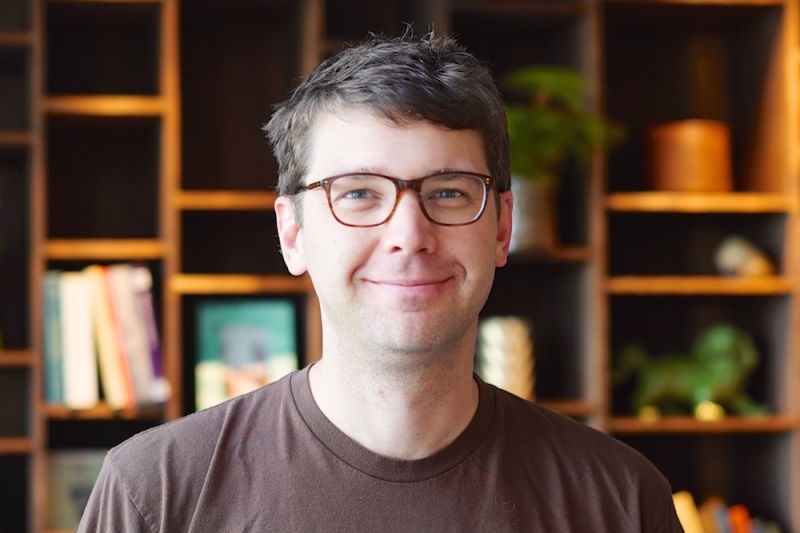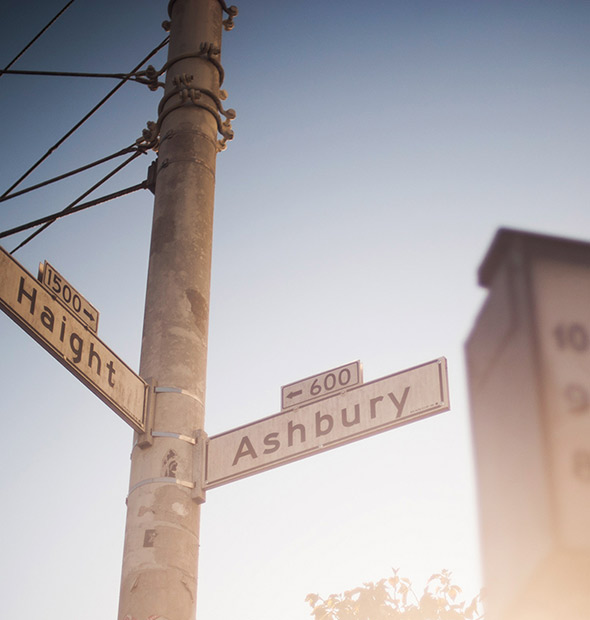As part of KQED’s continued pursuit of new ways to tell stories and involve audiences more deeply, we’ve partnered with Detour — a city guide app (for iPhone now; Android version expected in early 2016) that reimagines audio tours — to create location-based documentaries about three of San Francisco’s most iconic neighborhoods.
KQED’s first tour, available now and narrated by the inimitable Peter Coyote, takes you through the history of the Haight-Ashbury. In the pop culture version of the 1960s, the “summer of love” is all tie-dye, peace and free love. But in reality, things got dark. Very dark. On the Haight-Ashbury tour, Peter Coyote tells both sides of the story. Walks through the Mission and Chinatown are coming in early 2016.
KQED spoke to Andrew Mason, Detour founder and CEO, about the history of the project and plans for the future.
 What's the story of how Detour came to be.
What's the story of how Detour came to be.
It's something that I've been thinking about since I was in my mid-20s and was traveling with my now wife. We wanted context for the places we visited. We wanted to connect with the people somehow, but we didn't like the options that were available. Going on a guided walking tour put us in a group with a bunch of other tourists on somebody else's schedule and made us feel like we weren't really getting an authentic experience.
While I was running Groupon, the iPhone came out, and I started to think about what you could do with that supercomputer in your pocket. Audio tours can be cinematic experiences that get you closer to the feeling of walking in another person's shoes than any other medium can. It becomes a really powerful way to connect with other people, using place as the conduit, and I got really excited about Detour's potential to take people on journeys in a way that permanently affects their point of view.
